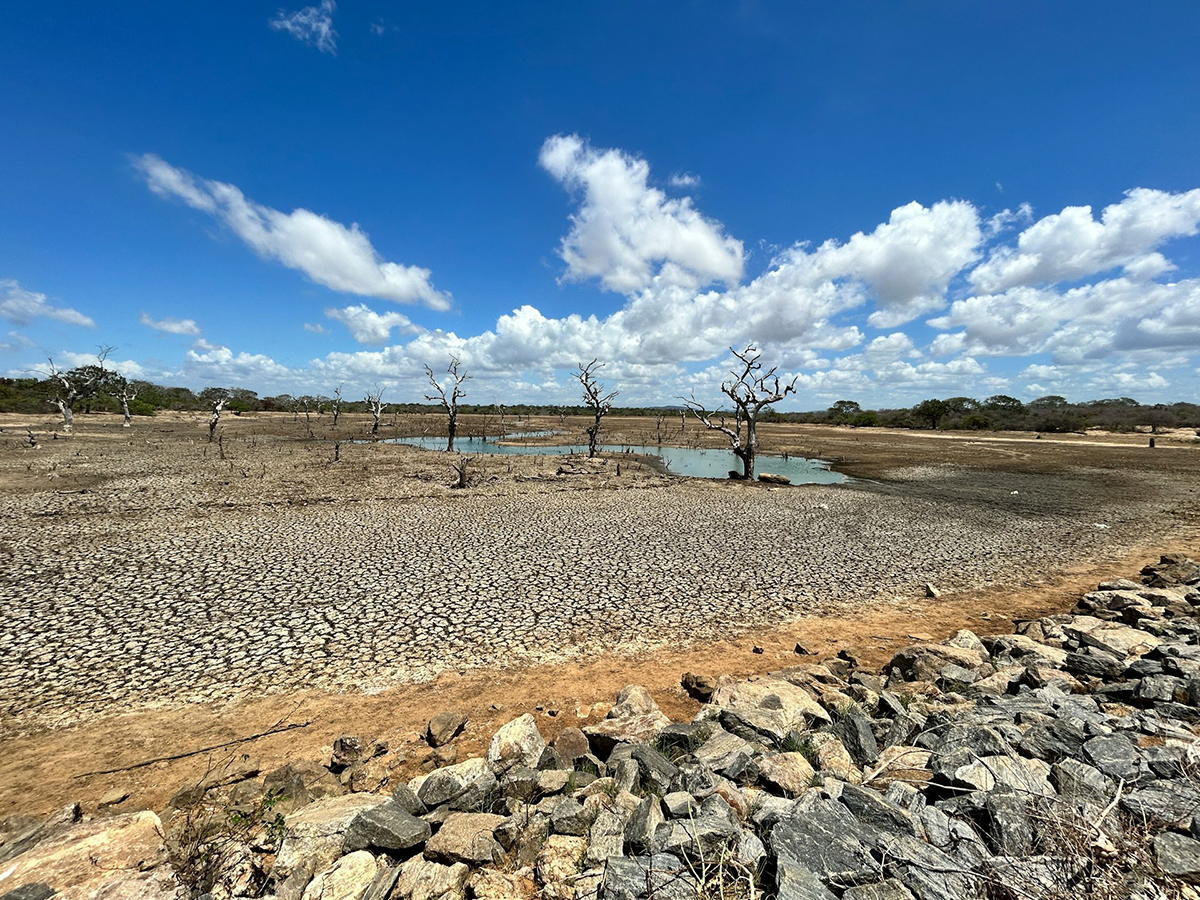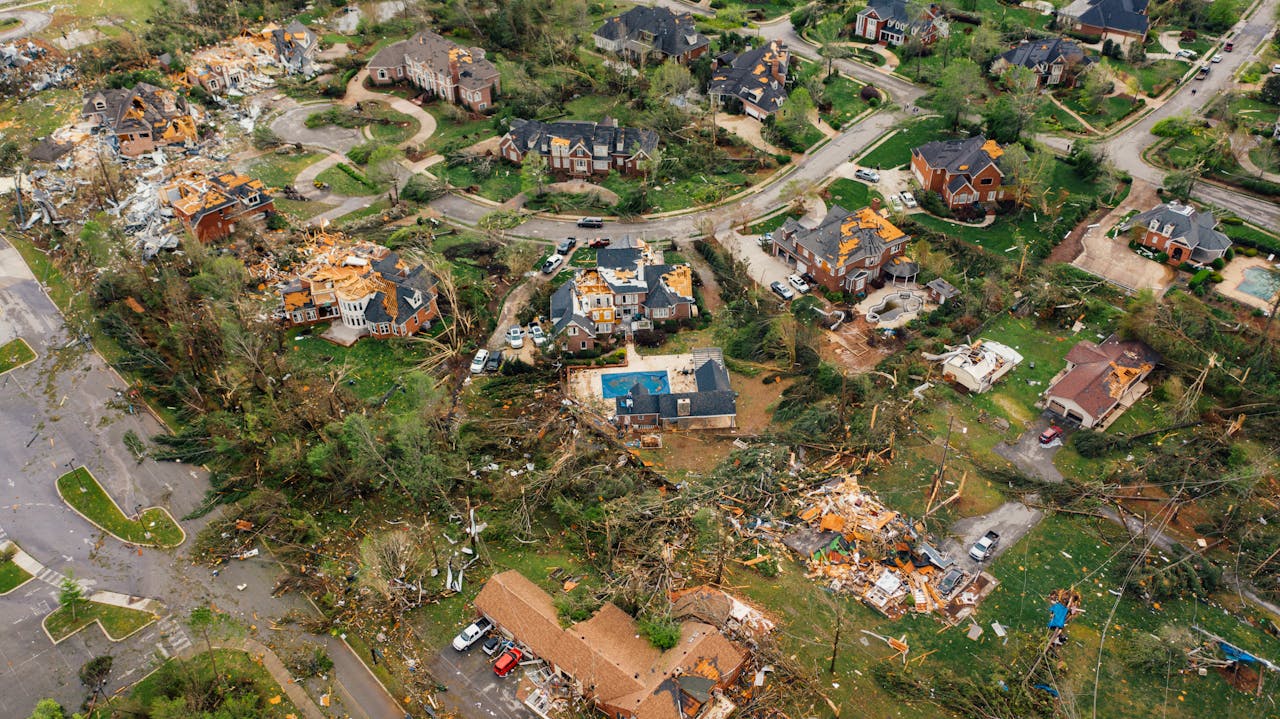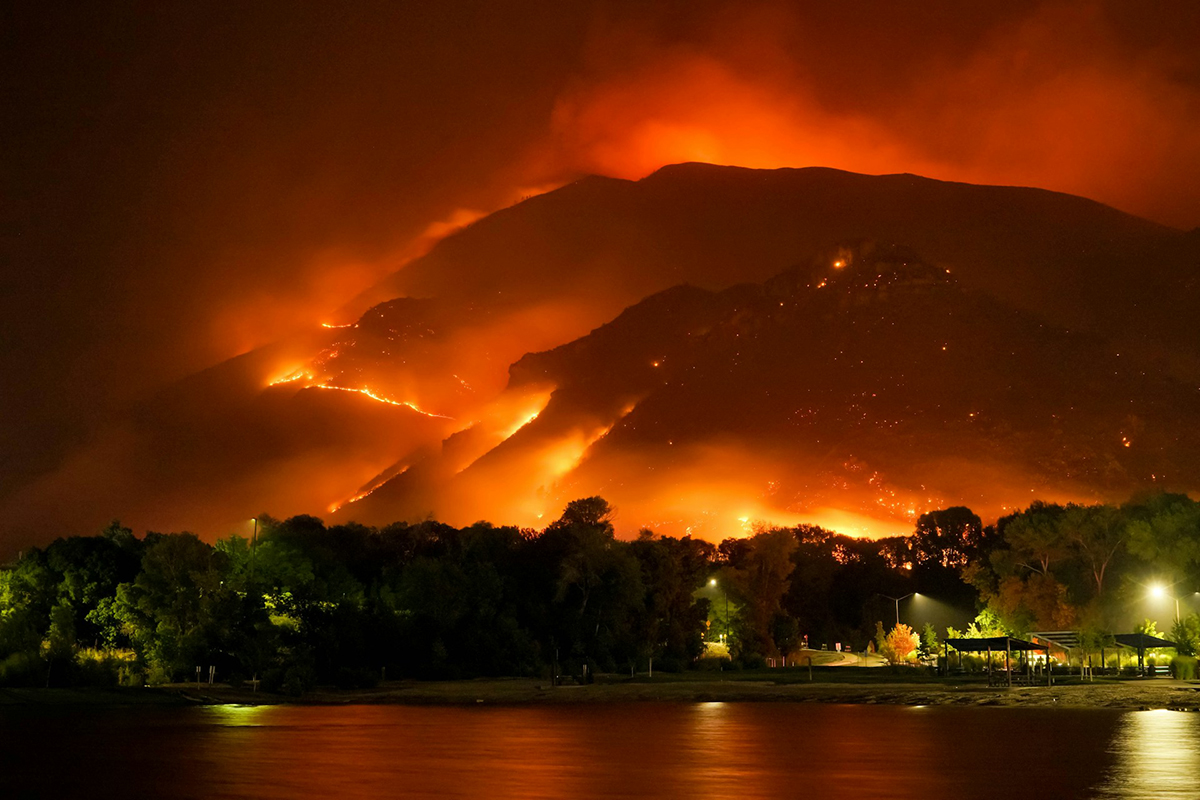Geohazards are on the rise worldwide, leading to an increased demand for rapid emergency responses. Communities worldwide face significant infrastructure challenges due to floods and earthquakes. As climate change accelerates, people need sustainable disaster recovery to minimize immediate harm and ensure long-term resilience. Innovative technologies and ecologically sound practices are essential for preparation, response and recovery.
Understanding Geohazards in a Changing Climate
Climate change has significantly changed the frequency and intensity of geohazards. Global climate models predict more intense rainfall and flood risks due to storm surges and rising sea levels. Increasing global temperatures and precipitation patterns make extreme weather events more likely, thus increasing risk and unpredictability. Urban landslide prevention, hazard assessment and power resilience have become more important for communities worldwide.
Risks exist globally due to geohazards on different continents. For instance, the Asia-Pacific region experiences typhoon-induced landslides and flooding. Meanwhile, African nations frequently experience prolonged droughts or extreme precipitation events. Due to warmer temperatures, North American countries see worsened hurricanes and wildfires. The evolving climate emphasizes the need for resilient infrastructure, response strategies and sustainable engineering.
Developing Sustainable Disaster Recovery Strategies
Sustainable recovery planning involves solving immediate threats while minimizing environmental impact. These strategies should consider the full life cycle of materials and interventions to avoid creating further ecological harm. For example, sustainability in geotechnical engineering prioritizes minimally invasive interventions to preserve natural drainage patterns and reduce unnecessary excavation.
Resource efficiency and emission reduction are essential, even when rapid action is necessary. Sustainable emergency response balances speed, safety and environmental stewardship to maintain natural habitats, waste reduction and good air quality. Responders enforce sustainability by reusing materials from the affected area and minimizing resource extraction. Their methods could create easily dismantled temporary structures for future use.

Using Advanced Technologies in Geohazard Mitigation
Traditional geohazard response has often included large-scale fieldwork and the use of heavy machinery, which can pose liabilities for sensitive ecosystems. Emergency responders need advanced technologies for targeted interventions, so drones and Internet of Things sensors are beneficial. For example, crewless aircraft can pinpoint landing zones and limit focus areas. Therefore, operators can preserve surrounding habitats and reduce resource usage.
Artificial intelligence has become integral to geohazard mitigation due to its early warning systems and real-time sensor networks. These technologies give experts estimated lead times before disasters strike. Algorithms can process vast datasets to predict geohazard events and identify subtle patterns. Besides predictions, AI helps personnel with sustainable design and automated documentation.
Acquiring Sustainable Materials for Emergency Response
Traditional emergency response may prioritize speed over sustainability, leading to higher resource consumption. However, sustainable materials are essential for long-term environmental protection and landslide prevention and response. They are also often lighter, making them easier to transport. Therefore, organizations can deploy equipment faster while minimizing the need for heavy machinery and site preparation.
Geotextiles are excellent examples because they originate from natural fibers and recycled synthetics. Emergency response professionals can use woven and non-woven solutions to stabilize soil and prevent erosion. Soil nails are another prominent option because they reduce slope failure risks while increasing resisting forces. These components make slopes more stable and secure in the long term, mitigating landslide risks.
Uniting Forces in Cross-Sector Collaboration
Addressing geohazards is a complex task, so numerous entities must collaborate on effective solutions. Coordination among engineers, environmental scientists and policymakers is necessary to support sustainability goals and meet regulatory frameworks. The private sector contributes through scalable technologies and investments in resilient infrastructure. Nongovernmental organizations can bridge gaps through technical expertise and mobilization.
Stakeholders must rely on local communities when planning and implementing sustainable disaster recovery plans. Resident engagement ensures that solutions are tailored to the local context and culture. Indigenous knowledge is essential for industry professionals to understand the best nature-based strategies, such as land management or floodplain restoration.

Geohazard Mitigation in Action
The following case studies highlight how the principles of sustainable geohazard mitigation are being applied in practice. From managing slope stability in Singapore to enhancing flood resilience in urban centers, these examples showcase innovative, eco-conscious approaches.
Bioengineering Slope Stabilization
Singapore experiences heavy rainfall, which can cause catastrophic slope failures. A 2025 Land study constructed three rectification methods to mitigate rainwater infiltration and maintain slope stability. The researchers used vegetation covers and other earth retention systems and found that all three reduced negative pore pressure. Advanced simulation tools enhance their effectiveness in addressing slope stability and the long-term challenges of geotechnical engineering.
Vegetation-Based Slope Reinforcement
Global warming and heavy rainfall go hand in hand. Research published in 2024 in the Journal of Environmental Management involved experimenting with vegetation-based methods to enhance slope stability. The study found that vegetation is the most cost-effective method for slope stabilization, resulting in a reduction of up to 250%. Depending on the geometry, the approach works best where plants can ensure stability.
Flood Resilience Strategies
Cities are at risk of flooding due to climate change and urbanization, leading to revised policies worldwide. A 2023 study in Frontiers in Sustainable Cities examined global flood risk management resilience and environmental infrastructure development. The researchers said modern approaches are limited, so eco-conscious governance is essential for the future. This strategy emphasizes open innovation with collaboration and funding to assist geohazard mitigation.
Forging Sustainable Paths in Disaster Recovery
Geohazards are intensifying in the changing climate, so rapid and sustainable emergency responses are necessary. Stakeholders must integrate environmental considerations into each phase, from risk assessment to community engagement. These strategies should solve immediate recovery efforts while aiding long-term resilience. Prioritizing sustainability and local knowledge enables experts to build infrastructure and systems that can withstand future hazards and support thriving societies.











